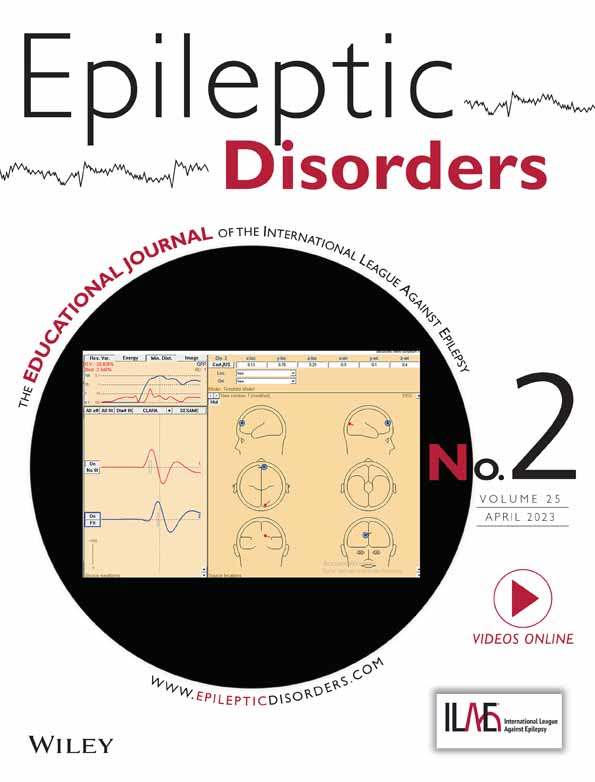What are the predominant predictors of seizure relapse following discontinuation of anti-seizure medication in epileptic children?
Abstract
Objective
The aim of the study was to identify the predominant predictors of seizure relapse following discontinuation of ASM in epileptic children.
Methods
The study cohort consisted of 403 epileptic children who had a withdrawal process of ASM (monotherapy: 344; dual therapy or polytherapy: 59) after at least a 2-year seizure-free period. Patients were categorized if they had a well-defined epileptic syndrome. Epileptic children with ongoing ketogenic diet, vagal nerve stimulation, or surgery were excluded from the cohort due to the additional withdrawal process related to other therapy modalities.
Results
The cohort's seizure relapse rate was 12.7% (51/403). The highest rates of seizure relapse were defined for genetic etiology at 25% and structural etiology at 14.9%. An epilepsy syndrome was defined in 183 of 403 children (45.4%). There was no difference in the seizure relapse rate between the subgroups of well-defined epileptic syndromes; 13.8% for self-limited focal epileptic syndromes, 11.7% for developmental and epileptic encephalopathies, and 7.1% for generalized epileptic syndromes. Five predictors were defined as the most powerful predictors of seizure relapse in univariate analysis: age at epilepsy diagnosis >2 years (hazard ratio [HR]: 1.480; 95% confidence interval [CI]: 1.134–1.933), defined etiology (HR: 1.304; 95% CI: 1.003–1.696), focal seizure (HR: 1.499; 95% CI: 1.209–1.859), ≤3 months duration of the withdrawal process (HR: 1.654; 95% CI: 1.322–2.070), and a history of neonatal encephalopathy with or without seizures (HR: 3.140; 95% CI: 2.393–4.122). In multivariate analysis, the main predictor of seizure relapse was a history of neonatal encephalopathy with or without seizures (HR: 2.823; 95% CI: 2.067–3.854).
Significance
The duration of seizure freedom before discontinuation of ASM was not a predominant risk factor for seizure relapse: 2–3 years versus >3 years. The predictive values of five predictors of seizure relapse rate should be evaluated for patients with different epilepsy subgroups.
CONFLICT OF INTEREST STATEMENT
None of the authors have any conflict of interest to disclose.




